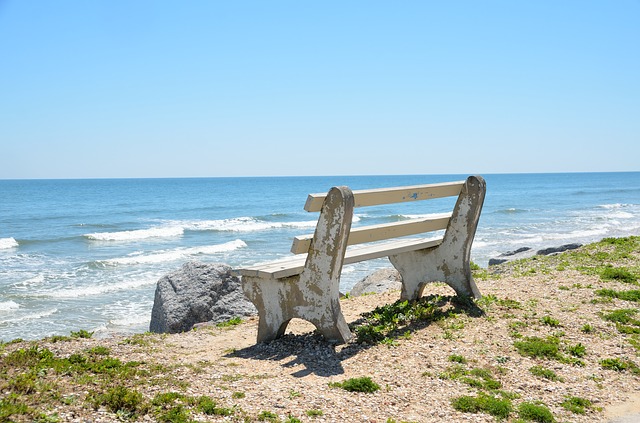Jordan Rau and Christine Spolar report for Kaiser Health News that the COVID-19 pandemic turned out to be a boon for some hospitals with the help of federal relief funds. Now, it’s time for Congress to make sure hospitals serving low-income communities, which did not fare as well, get the help they need to survive and thrive. As important, Congress must ensure Americans are able to afford the hospital care they need without fear of dunning notices from collection agencies or, worse still, long-term medical debt.
Some very wealthy hospitals ended up with hundreds of millions of dollars in surpluses, including the Mayo Clinic, NYU Langone, and University of Pennsylvania Medical Center (UPMC). UPMC collected $2.5 billion more in revenue in 2020 than in 2019; it received $460 million in federal funds and ended 2020 with an $836 million operating surplus.
Mayo had a $728 million surplus at the end of the year–and $3 billion more in investments. Of the $338 in federal relief funds it received, it returned $156 million to the federal government. Baylor hospital in Texas came out $20 million ahead in 2020, with a 7.5 percent operating margin, thanks to federal relief funds. It still has $197 million in unspent federal funds. Baylor hospital in Texas came out $20 million ahead in 2020, with a 7.5 percent operating margin, thanks to federal relief funds. It still has $197 million in unspent federal funds.
How is it that these and other hospitals benefited from federal relief dollars that they didn’t need to protect their bottom lines? Hospitals serving poorer communities in rural America and elsewhere, fared less well, and are struggling to survive. Some large hospitals in metropolitan communities also lost considerable revenue.
Neither the Republican Congress nor the Trump administration ensured that safety-net hospitals got the relief dollars they needed. Instead, the first round of bailout moneys were allocated based largely on hospitals’ past revenue. The hospitals with the highest annual revenues tend to serve a wealthier clientele than the hospitals with lower revenues, which serve lower-income patients and rely much more heavily on Medicare and Medicaid for payment. Moreover, Congress gave hospitals a lot of freedom to decide how to allocate pandemic costs.
Only after HHS had distributed the money disproportionately to the wealthy hospitals, did it seek to redirect it. And, it failed. Hospital pushback was too strong.
After the first wave of dollars were distributed, the federal government took a more targeted approach to which hospitals got money. It tried to help those hospitals with the greatest number of COVID patients and hospitals serving poorer communities. But, profitability was barely considered with most of the distribution decisions, so some hospitals in good health benefited.
The Biden Administration will have some ability to correct this injustice with unallocated funding from the CARES Act and new funding appropriated under the American Rescue Plan Act. Although hospitals have to return any unspent COVID-relief money left over at the end of July, it’s likely that they will all find ways to use it rather than return it.
Here’s more from Just Care:










